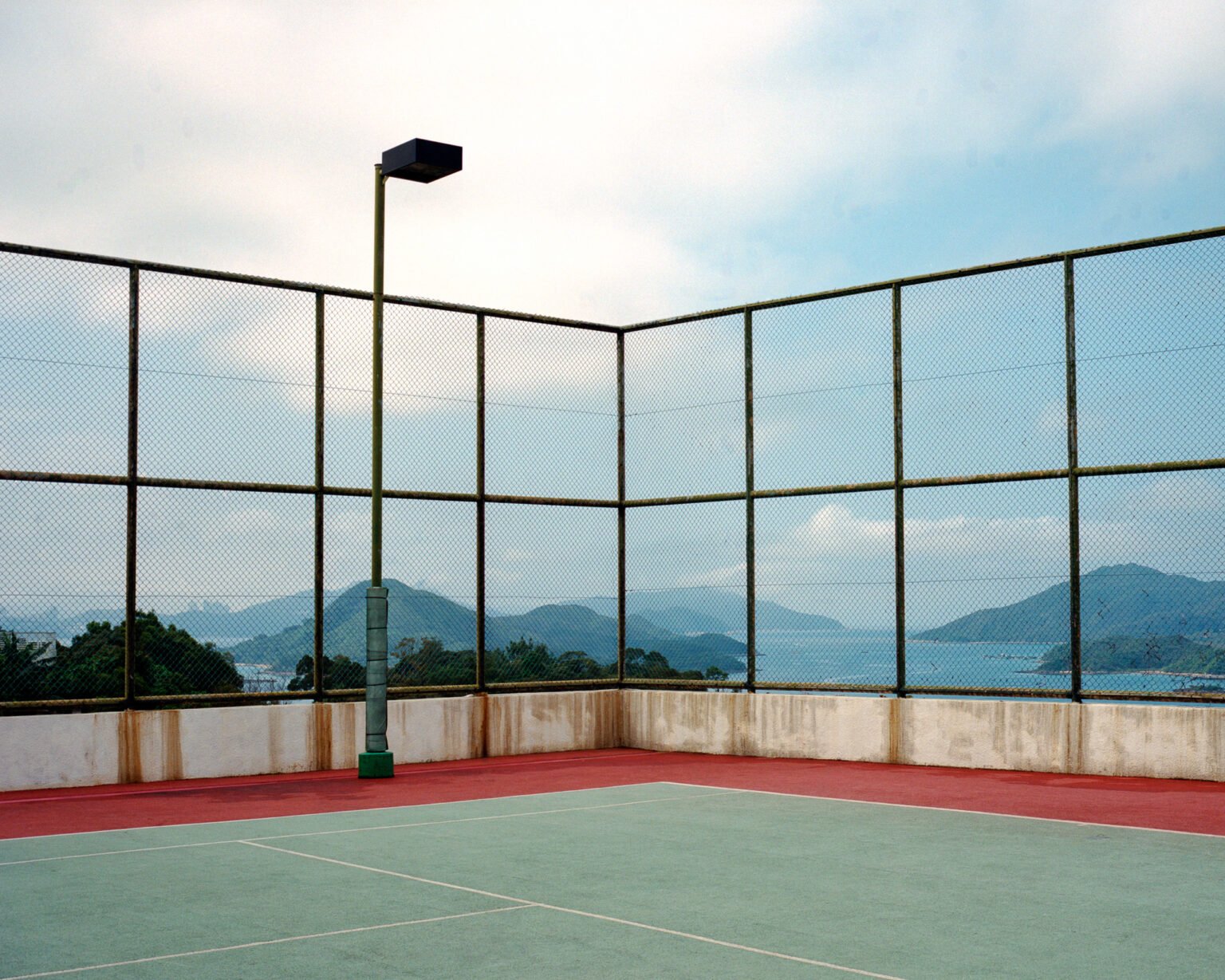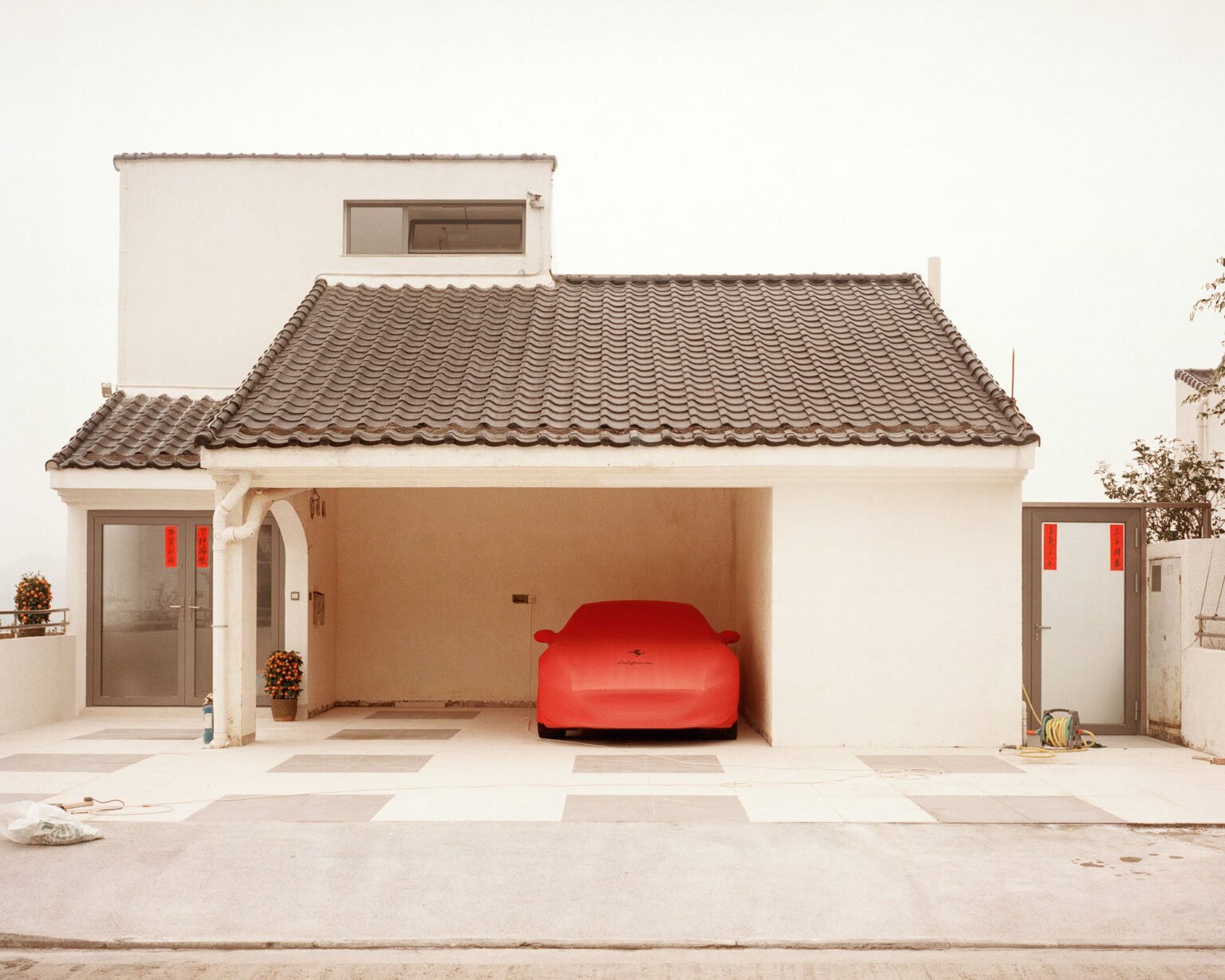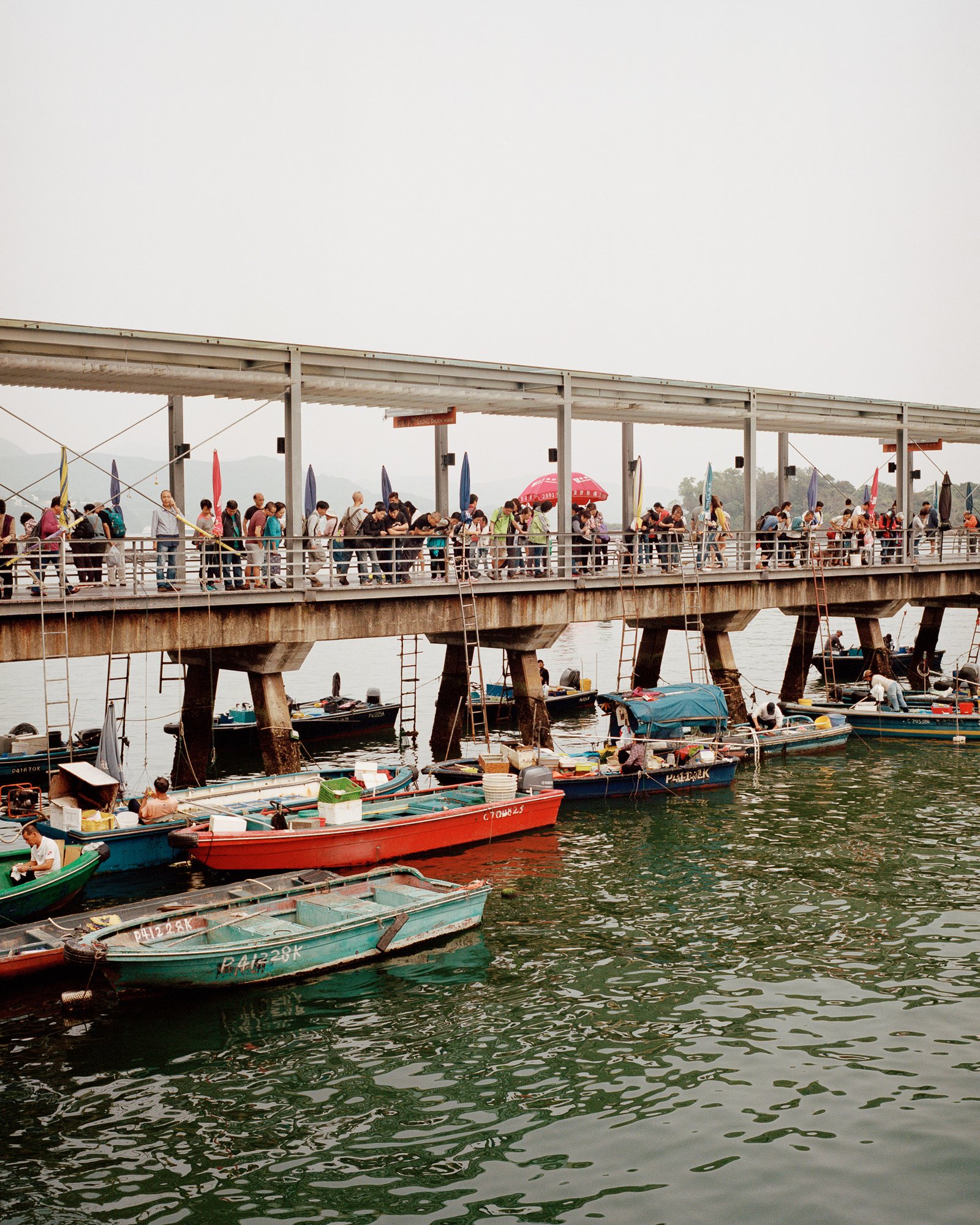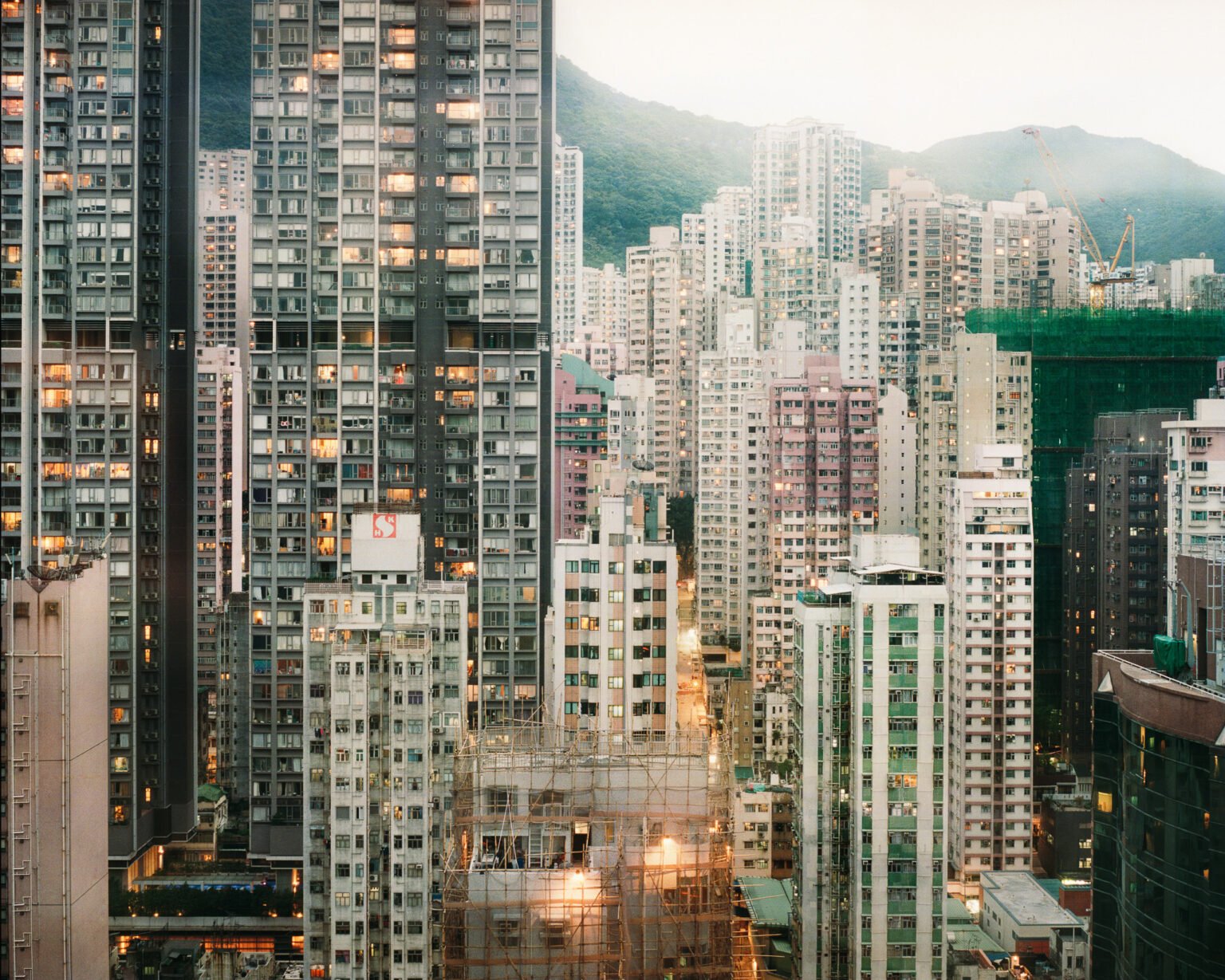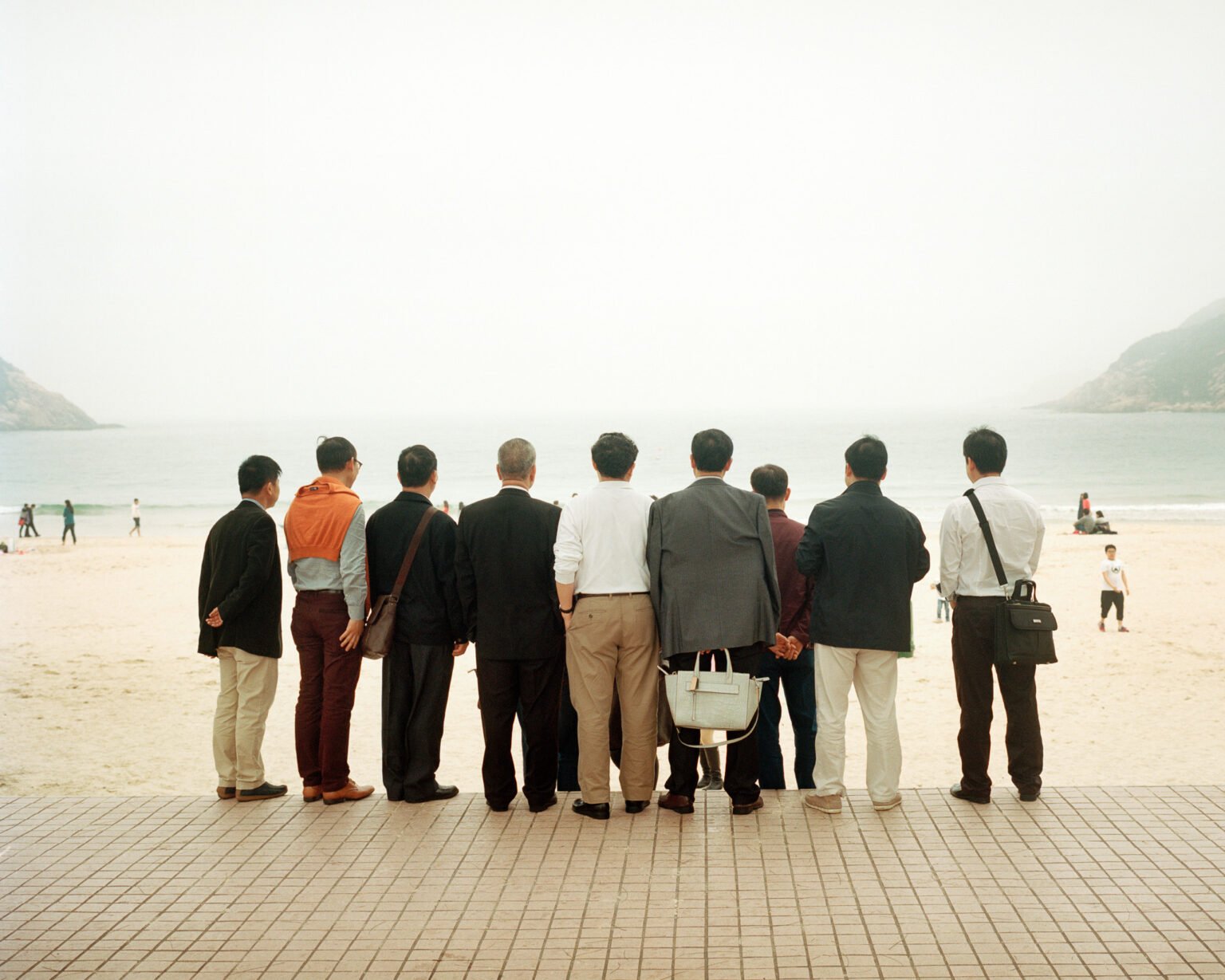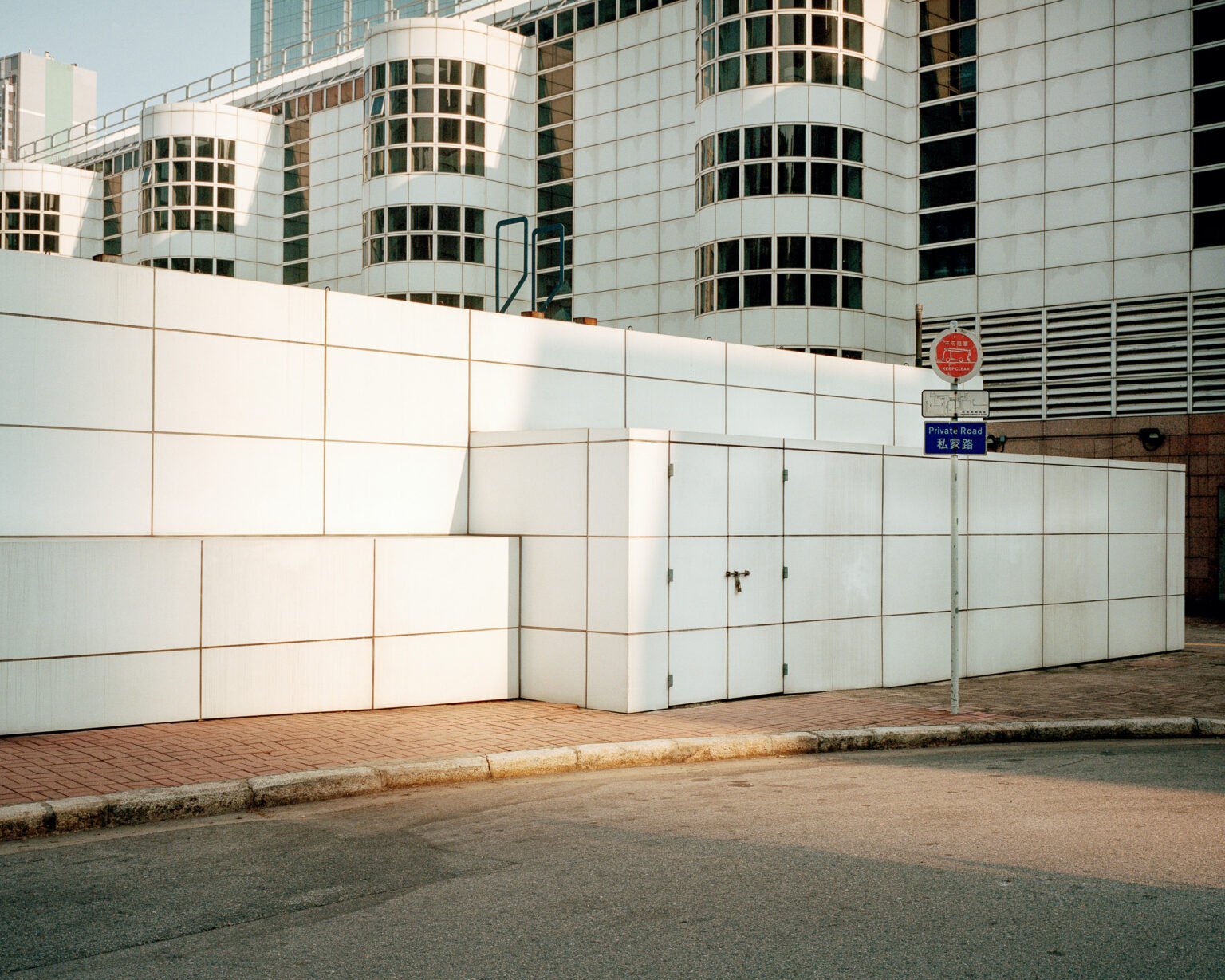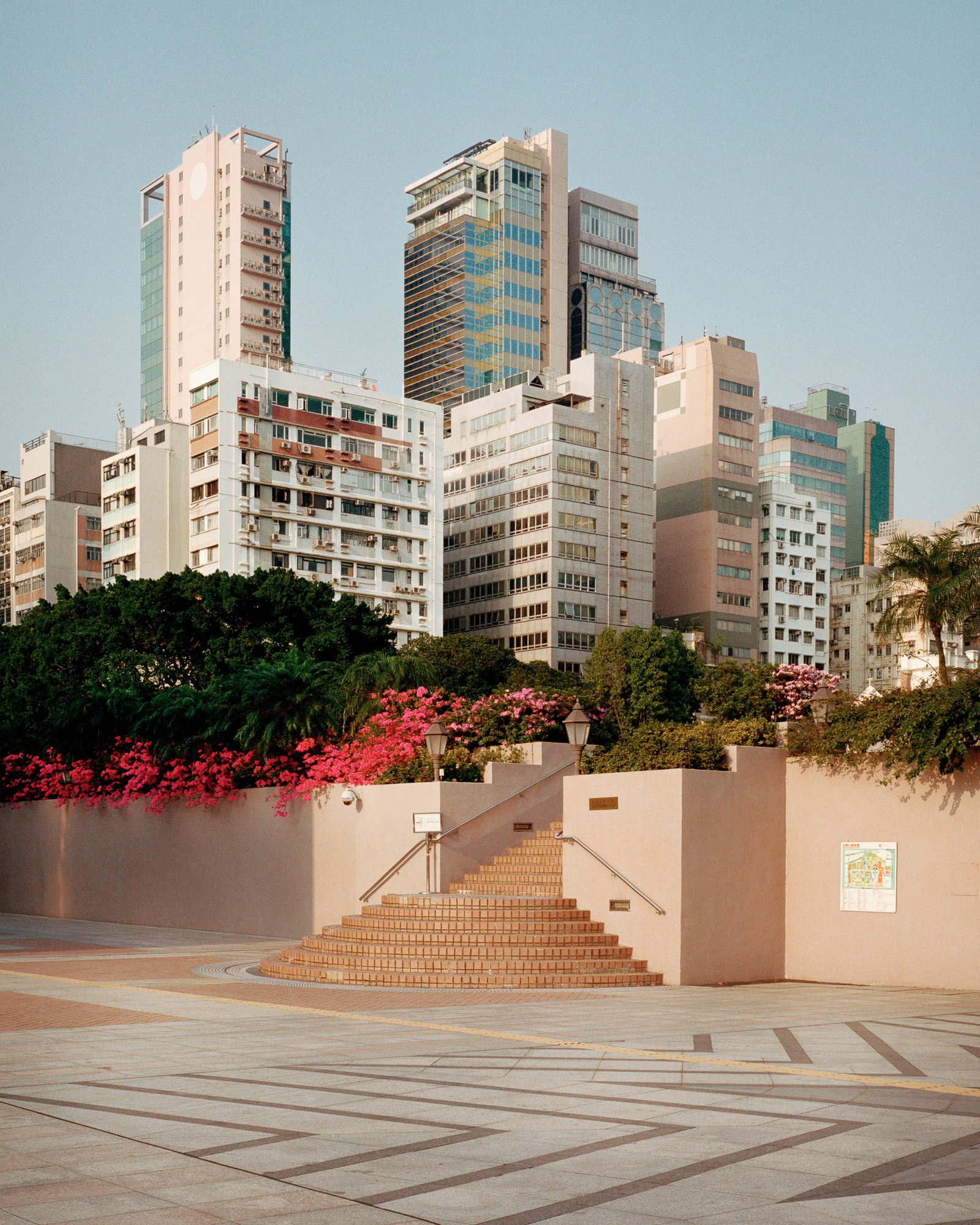Shot over three annual visits to the New Territories – a quieter area of the greater Hong Kong region – Photographer Sarah Pannell’s series Territories is inspired by the souvenir calendars of her youth; gifts sent from aunt over the years of her childhood, filled with glossy stock photos of the city’s most famous landmarks. The Calendars depicted picture-perfect landscapes of Victoria Harbour and the seaside tourist towns of Stanley and Repulse Bay. The Territories, on the other hand, serves as a capsule view of the Chinese-held territory and offers an alternative view of Hong Kong and the distinct elements that separate it from Mainland China. Originally to be featured as part of our contested territories publication, we spoke with Sarah Pannell about this intriguing body of work.
Could you tell me a little about the background to this series, your aunt gifted you calendars over years right?
Well for most of my life, my Aunt and Uncle have lived lived as expats in Hong Kong, as my uncle John, is a pilot of Cathay Pacific. So I grew up with a lot of Hong Kong souvenirs in the house and plenty of ceramic and china goods that my aunt would regularly give to my mum each time she returned to Melbourne for a brief holiday. We always had different Hong Kong calendars hanging in the kitchen and my Dad’s study so these stock tourist images became very familiar to me. Most of my extended family members have visited Hong Kong at some point and when I finally went for the first time in 2013, I was immediately hooked and just wanted to photograph everything.
Do you think what these calendars represent is a fake representation of Hong Kong?
Yes and no – I guess its no different to the types of stereotypical images we see of any major city or territory – the Statue of Liberty isn’t necessarily the best or most realistic representation of New York, nor is the Eiffel Tower in Paris. I think tourists and consumers are naturally awed by mostly the same landmarks and views. Everything about Hong Kong on the surface is a stark contrast. There’s a deep tension between tradition and modernity, East and West, nature and human-made.
How would you describe the elements of this series that you describe as “alternative views and elements that separate it from mainland China.”?
This is hard to summarise but I feel that Hong Kong has a certain look to it. It’s a unique place, with so much Chinese influence yet its British colonial past still so evident. There is a tranquility that is reflected in the streets, the waterways, the impressive western inspired skyscrapers and the surrounding mountain side. The streets are gritty in some areas, yet so refined and almost clinical in other neighbourhoods. And with so much stunning coastline, the whole place is tied to the water.
This series isn’t so much a juxtaposition between the stock images in the calendars and the New Territories, but rather a diverse and different understanding of a territory. Why did you choose to photograph these certain areas, what was it about them that stood out to you?
My Aunt and Uncle live in Sai Kung, which is located in the new New Territories, and is about a 45 minute bus ride from Kowloon. This means I would see a lot more the area than most tourists who travel to Hong Kong and mainly stay on the Hong Kong Island or in central Kowloon. During these bus rides, and other drives around the different parts of the New Territories, I found myself fascinated with the surrounding environment and the relative peace I felt after leaving the densely populated and busy central streets of Tsim Sha Tsui or Causeway Bay. The architecture is quite interesting as is the lush green country parks and nature reserves that are dotted around Hong Kong, and seperate the New Territories from the mainland Chinese border. The wealth gap in Hong Kong is always quite stark and I was curious with a lot of luxury cars I would see in public parking garages and the status symbol of these in Chinese culture. I just felt that the imagery I’ve seen over the years of Hong Kong, was somewhat misleading and not the reality I felt when I was exploring the area.
Do you think that there should be more representation of outside areas and lesser known territories, opposing the images of the capital?
Yes there can never be enough of this. I think there are a lot of other photographers, artists and journalists out there covering lesser known or understood territories, cultures and people. I think there is definitely a demand for this and people are drawn to this type of content and its all about seeing something familiar from a different perspective.
